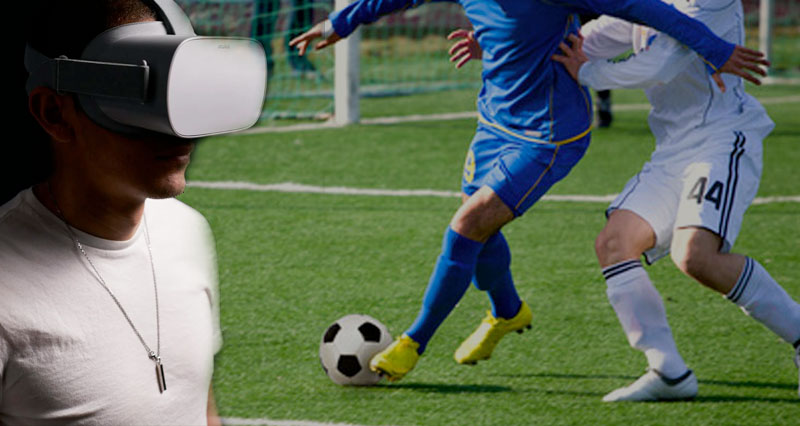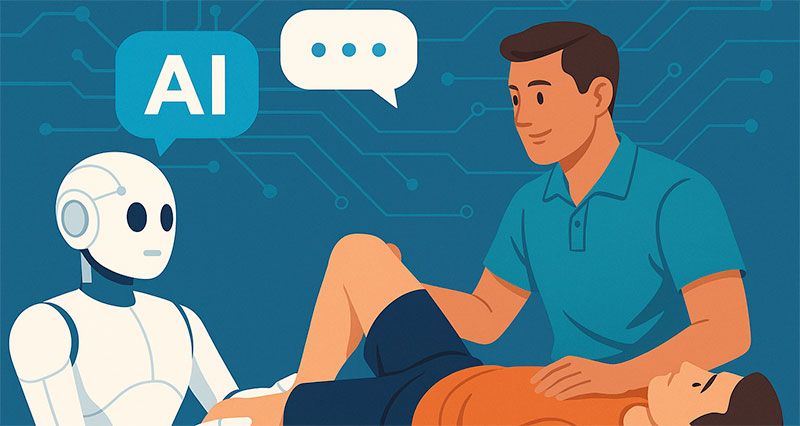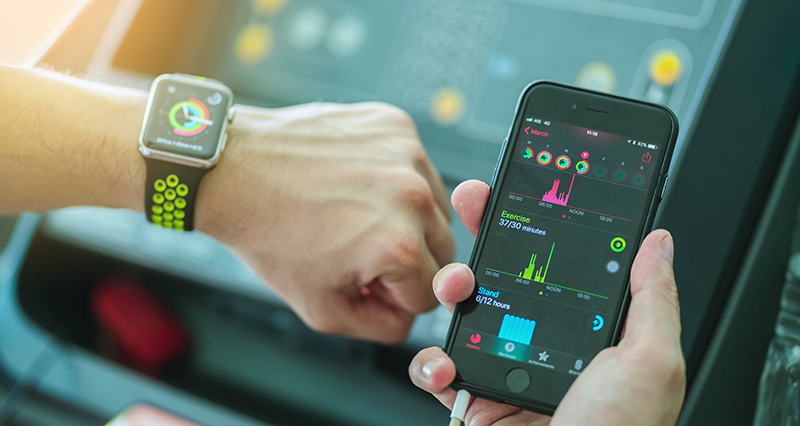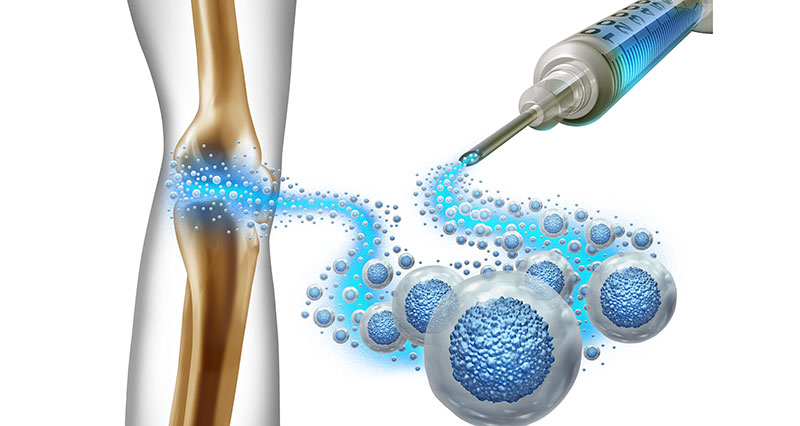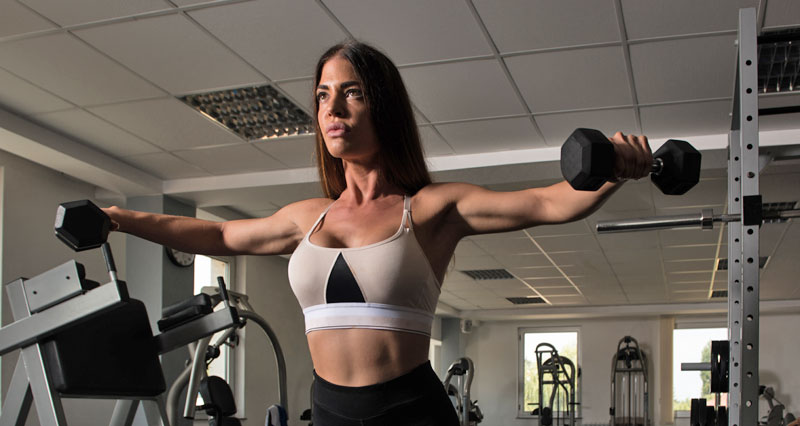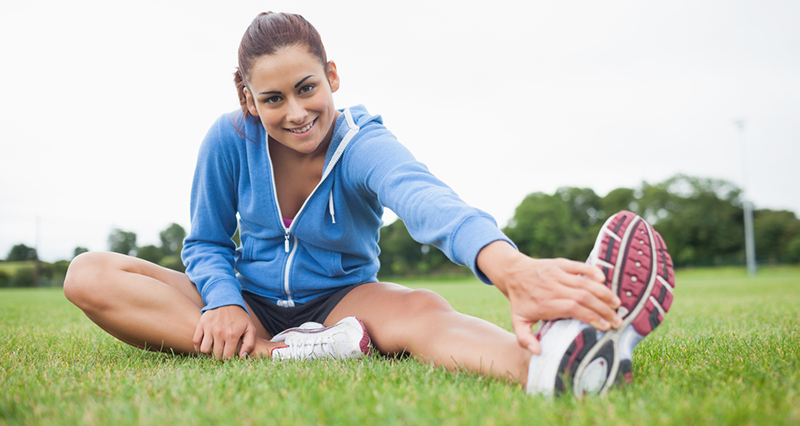In 2024, sports medicine has seen several exciting developments that are shaping the way we train, recover, and prevent sports injuries. Five of the most exciting innovations are regenerative therapies, wearable tech, personal medicine using genetics, artificial intelligence and virtual reality.
1. Regenerative Therapies
Techniques like platelet-rich plasma (PRP) therapy and stem cell treatments are advancing quickly. These therapies help accelerate healing and tissue regeneration, especially in tendon injuries, ligament sprains, and joint damage. PRP therapy involves extracting a small amount of an athlete’s blood, processing it to concentrate the platelets, and then injecting the platelet-rich plasma back into the injured area. Platelets contain growth factors that help stimulate tissue repair and regeneration, making this a powerful tool for treating injuries like tendinitis, ligament sprains, and muscle tears.
Platelet-rich plasma (PRP) therapy
PRP therapy has become a staple in the treatment plans of many elite athletes, such as Tiger Woods and Rafael Nadal, who have used it to treat chronic injuries and extend their playing careers. As research continues, the applications of PRP in sports medicine are likely to expand even further, making it an invaluable tool for enhancing performance and recovery.
Stem cell therapy
Stem cells used in therapy are typically harvested from the patient’s own body, often from bone marrow or adipose (fat) tissue. Once harvested, the cells are processed and then injected into the injured area. These cells can differentiate into the specific types of tissue needed to repair damaged ligaments, tendons, cartilage, or muscles. This promotes regeneration, reduces inflammation, and speeds up the natural healing process.
2. Wearable Technology
Devices that monitor physiological data, such as heart rate, movement, and hydration levels, are more sophisticated than ever. The most common and obvious are smart watches such as the Apple Watch. Additionally, now, smart sensors embedded in clothing and gear help track real-time performance and provide data to prevent overuse injuries. This technology is allowing for better injury prevention through the analysis of biomechanics and training loads. So what is available and what can we actually measure?
Smartwatches and Fitness Trackers
Devices like Apple Watch and Fitbit are widely used by athletes to monitor heart rate, sleep patterns, calories burned, and overall activity levels. These trackers provide real-time data on performance and recovery, allowing athletes to optimize their training(PeopleWithChemistry)(Jersey Rehab).
GPS and Biomechanical Sensors
GPS-enabled vests such as those from Catapult Sports help track an athlete’s speed, distance covered, and movement patterns during games. These vests are widely used in team sports like soccer, rugby, and American football to assess performance and prevent injuries (PeopleWithChemistry).
Smart Clothing
Athos Smart Apparel includes built-in sensors that measure muscle activity, providing real-time feedback on how muscles are being used during workouts. This technology helps athletes refine their form and avoid overuse injuries.
Head Impact Monitors
Devices like smart mouthguards (e.g., Prevent Biometrics or FitGuard) are used in contact sports such as football and rugby to monitor head impacts. These sensors provide data on the force and frequency of head impacts to help detect concussions.
Heart Rate Monitors and VO2 Max Trackers
Garmin HRM-Pro chest straps provide more precise heart rate data than wrist-based wearables. Some devices also measure VO2 max, which is crucial for endurance athletes to gauge their oxygen consumption and improve performance.
3. Personalized Medicine & Genetics
Precision medicine, which tailors treatments based on an individual athlete’s genetic and biomechanical profile, is gaining ground. By using genetic testing and data analytics, sports medicine professionals can predict injury risks and create personalized recovery protocols, improving both performance and recovery.
One example of this is the use of genetic markers to predict an athlete’s susceptibility to specific types of injuries, such as ACL tears or stress fractures. By identifying variations in genes related to collagen production (such as COL1A1), athletes who are at a higher risk for tendon or ligament injuries can modify training to help prevent injury.
Another application is in optimizing nutrition and recovery. Some athletes undergo genetic testing to understand how their bodies metabolize nutrients like vitamin D or iron, which play a role in bone health and muscle recovery.
4. AI and Machine Learning in Injury Prediction
AI is being integrated into sports medicine to analyze athlete data and predict injury risks. Algorithms monitor biomechanics and training loads, helping adjust training programs in real time to avoid injury. AI-driven rehabilitation plans are also optimizing recovery times.
For example, Zone7 is an AI-powered tool used by several top-tier football teams, including clubs in the English Premier League and La Liga. The platform leverages machine learning to analyze data collected from wearables, training sessions, and match performances. It monitors factors such as player workload, heart rate variability, sprint intensity, and rest patterns to detect early signs of fatigue, overexertion, or potential injury risks.
5. Virtual and Augmented Reality
VR and AR are being utilized in rehabilitation and training. For example, VR helps athletes recover from concussions by simulating game-like environments, and AR provides real-time feedback on posture and movement, reducing the risk of re-injury.
In sports like American football and Ice hockey, VR is used to help athletes recover from concussions by simulating real-life game environments. By doing this, athletes can re-experience game scenarios in a controlled, immersive setting without physical contact. This helps them regain cognitive and motor function. For instance, some rehabilitation programs use VR to measure how well a player reacts to visual and auditory stimuli after a concussion, as a result, helping trainers to gauge when they are ready to return.
These innovations are transforming sports medicine, focusing on injury prevention, faster recovery, and personalized care to ensure athletes reach their peak performance safely and efficiently.
